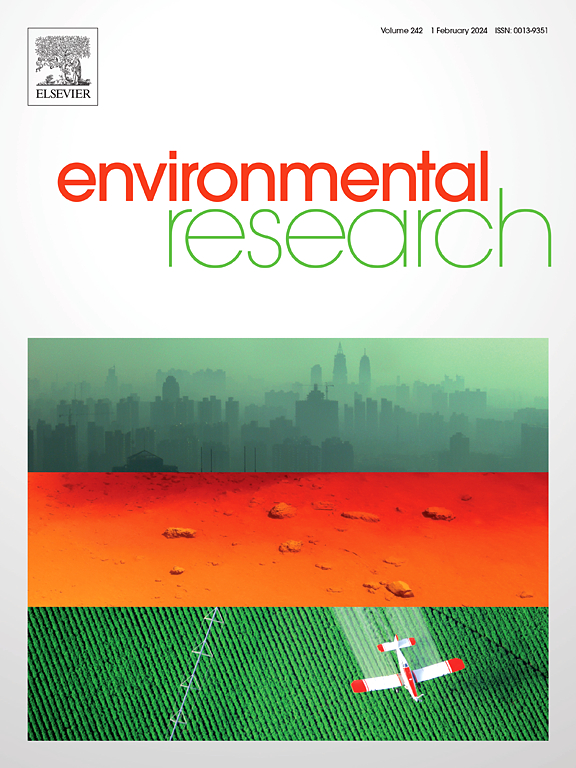CNTs-PVDF导电复合膜缓解不可逆膜生物污染。
IF 7.7
2区 环境科学与生态学
Q1 ENVIRONMENTAL SCIENCES
引用次数: 0
摘要
生物污染一直是影响超滤过程长期稳定运行的主要挑战之一。不可逆生物污染比可逆生物污染危害更大。导电膜作为一种有效缓解膜污染的新技术,在控制不可逆生物污染方面缺乏研究。本研究采用两步相转化法制备了碳纳米管-聚偏氟乙烯(CNTs-PVDF)导电复合膜。在对活菌和死菌溶液进行过滤时,研究了导电膜对不可逆生物污染的缓解作用。结果表明,导电膜可以有效地减轻由活菌和死菌溶液引起的不可逆生物污染。而导电膜对活菌液引起的不可逆生物污染的缓解效果明显优于死菌液。经过6次循环过滤-反冲洗实验,与不通电条件相比,活菌液和死菌液的导电膜不可逆生物污垢生长速率分别下降了34.9%和20.1%。此外,活菌溶液的不可逆抗性降低了68.8%,死菌溶液的不可逆抗性降低了39.8%。此外,当导电膜作为阳极时,增强反冲洗比作为阴极时更有利于控制膜生物污染。在20 V电压下反冲洗1 min后,膜通量回收率为93%。膜上的细菌几乎全部被去除,并且有极少数残留细菌被杀死。本文章由计算机程序翻译,如有差异,请以英文原文为准。

Mitigation of irreversible membrane biofouling by CNTs-PVDF conductive composite membrane
Biofouling has been one of the major challenges impacting the long-term stable operation of ultrafiltration processes. Irreversible biofouling is considerably more harmful than reversible biofouling. Conductive membrane, as a new technology to effectively mitigate membrane fouling, lack research of controlling irreversible biofouling. In this study, a carbon nanotube-polyvinylidene fluoride (CNTs-PVDF) conductive composite membrane was prepared using a two-step phase inversion method. The mitigation of irreversible biofouling by the conductive membrane was investigated during filtration of live and dead bacteria solutions. The results indicated that conductive membranes effectively mitigated the irreversible biofouling caused by both live and dead bacteria solutions. However, the conductive membrane's mitigation effect on irreversible biofouling caused by the live bacteria solution is significantly better than that of the dead bacteria solution. After the six-cycle filtration-backwashing experiments, compared with the condition without electricity applied, the irreversible biofouling growth rate of the conductive membrane decreased by 34.9 % for the live bacteria solution and 20.1 % for the dead bacteria solution, respectively. Additionally, the irreversible resistance decreased by 68.8 % for the live bacteria solution and 39.8 % for the dead bacteria solution. Furthermore, enhanced backwashing of the conductive membrane when used as an anode is more beneficial for controlling membrane biofouling than when it is a cathode. After backwashing at a voltage of 20 V for 1 min, the membrane flux recovery rate is 93 %. Almost all bacteria on the membrane are removed, and a very small number of residual bacteria have been killed.
求助全文
通过发布文献求助,成功后即可免费获取论文全文。
去求助
来源期刊

Environmental Research
环境科学-公共卫生、环境卫生与职业卫生
CiteScore
12.60
自引率
8.40%
发文量
2480
审稿时长
4.7 months
期刊介绍:
The Environmental Research journal presents a broad range of interdisciplinary research, focused on addressing worldwide environmental concerns and featuring innovative findings. Our publication strives to explore relevant anthropogenic issues across various environmental sectors, showcasing practical applications in real-life settings.
 求助内容:
求助内容: 应助结果提醒方式:
应助结果提醒方式:


